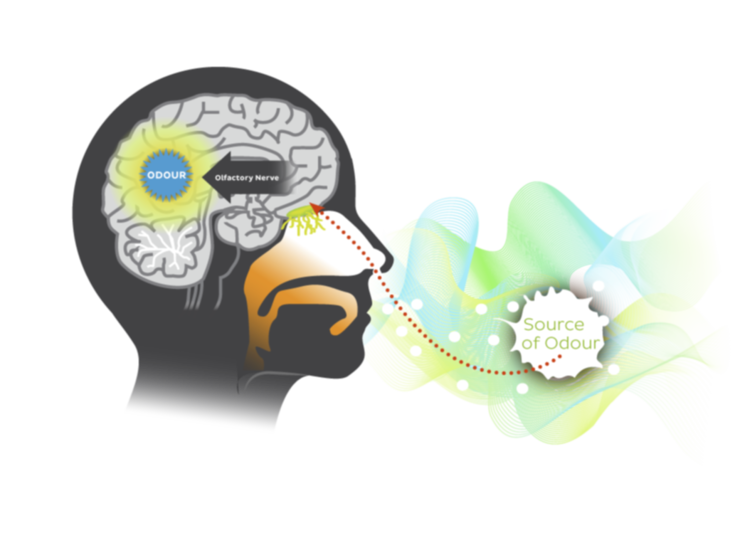What You Need to Know about the Consumer Nose and Odour Control

Smell has the best memory and emotional response of the five senses. This makes odour control a major area of focus for disposable hygiene manufacturers looking to keep product users from turning up their noses in dissatisfaction. Our experts at Bostik researched the science behind odour to reach a deeper understanding of the impact smell has on consumers in key areas such as buying behaviour and brand loyalty. The findings were published in our whitepaper “Product Odour in Disposable Hygiene.”
